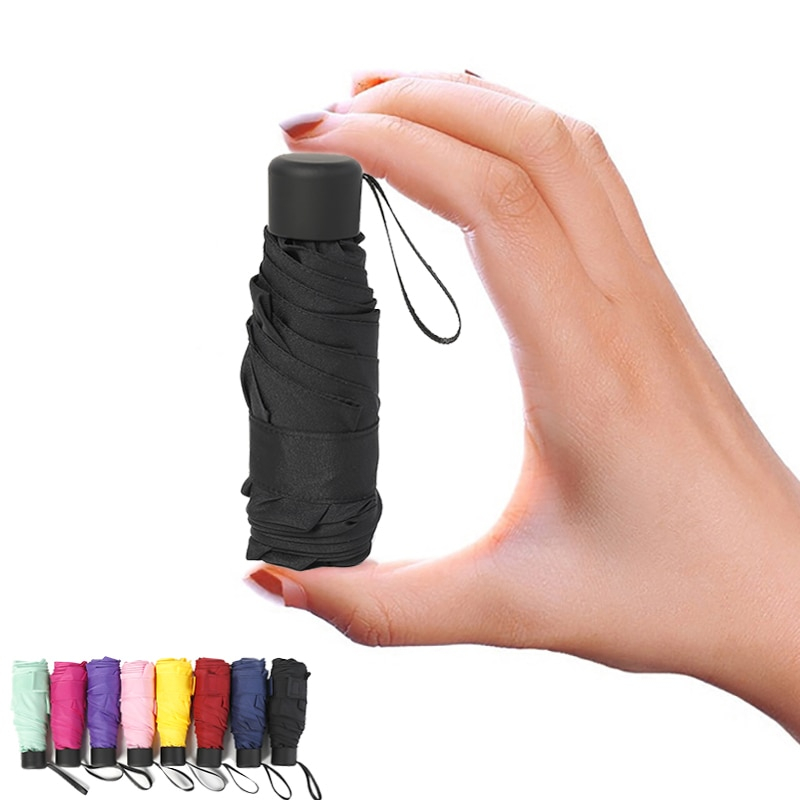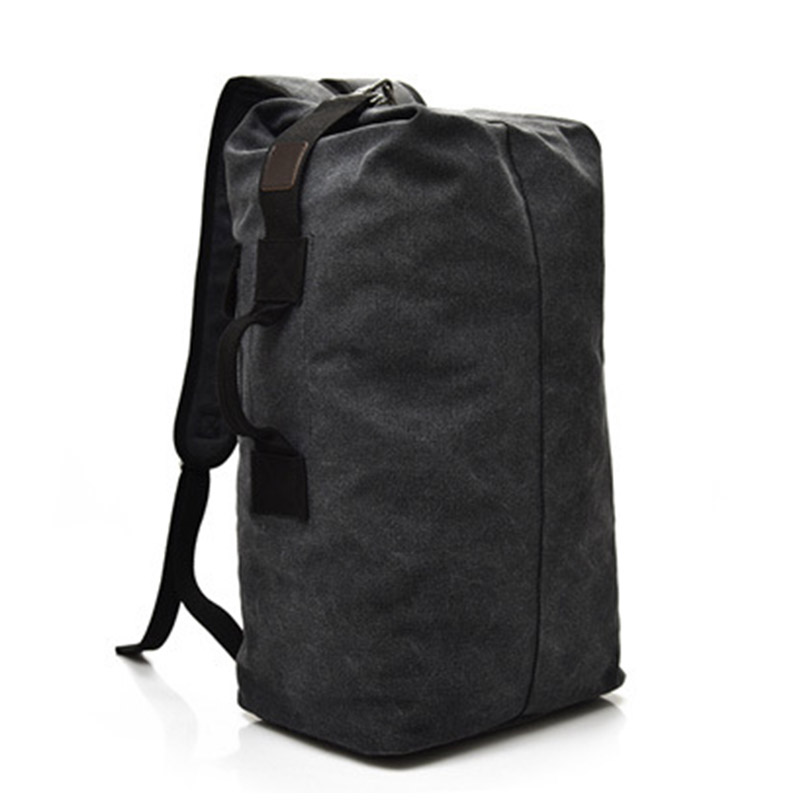When it comes to Canadian road trips, few are as iconic as Alberta’s Icefields Parkway from Banff to Jasper through the rugged peaks of the Rocky Mountains. But it’s far from the only road trip worth doing in Alberta.
The prairie province boasts a diverse range of landscapes – from badlands rich with dinosaur bones to dense boreal forests – and unique cultural heritage. And perhaps nothing reflects this better than a road trip through Alberta’s Ukrainian Bloc, just northeast of Edmonton. It’s the region of Canada where I grew up and one of my favorite places to take visitors – which is why I wrote about it for Lonely Planet’s Offbeat North America.
From 1891 to roughly 1930, the Ukrainian Bloc was home to the largest colony of Ukrainian settlers in Canada – and for centuries before that, it’s where Indigenous people (including Cree and Métis people) gathered, lived and hunted. Today, this collision of cultures lives on in the area’s communities, culinary offerings and outrageous roadside attractions.
Stop by one of Alberta’s largest lakes, Cold Lake, for fishing, swimming and sailing. Jessica Lockhart/Lonely Planet
Where is the Ukrainian Bloc?
There are no strictly defined boundaries for the Ukrainian Bloc, but its attractions and historic communities can be found stretching along Hwys 16 and 28, east and northeast of Edmonton.
How much time is needed for a road trip in northeastern Alberta?
It’s possible to visit some of the Ukrainian Bloc’s top attractions on a day trip from Edmonton, but this offbeat region deserves a full weekend or more.
We’ve designed this loop road trip (with almost no backtracking!) to be done over an extra long weekend, with 660km (410 miles) of driving spread over four days. However, it could just as easily be done in three days.
When is the best time to go?
Northeastern Alberta is best visited during the summer months (June to August), when it doesn’t get dark until after 10pm. Long summer days lend themselves to road trips, with more time for exploration. Just watch out for deer on the roads at twilight.
Otherwise, head here before snow hits the road. The autumn months of September and October offer the best combo of good road conditions with a higher chance of seeing the northern lights.
Where to start and rent a car?
Edmonton International Airport (YEG) is situated 31.5km (19.5 miles) south of Edmonton’s downtown, with daily direct flights arriving from many major Canadian and American airports including Toronto, Vancouver and Los Angeles.
All major rental car operators – including Budget and Enterprise – have outlets at the airport. Make sure you have insurance. This road trip is almost entirely on paved roads, but windshield chips are common in rural Alberta.
Edmonton’s downtown has been redeveloped, and the city has a thriving performing arts scene. Shutterstock
Day 1: Start your road trip in Edmonton
The vibes: Some consider Edmonton the underdog in its long-standing rivalry with Calgary. But if that’s even vaguely true, Edmonton is putting up a solid fight with a newly redeveloped downtown core, top-notch restaurants, and an incredible performing arts scene. The latter is most evident along Old Strathcona’s Whyte Ave, a strip where alternative culture collides with boutique shopping. Theater thrives here year-round (notably, actor Nathan Fillion earned his chops at the district’s many venues) and in August, Whyte Ave is transformed by one of the world’s largest Fringe Festivals.
Do: To better contextualize what you’re going to see in the coming days, head to Fort Edmonton Park for a primer on Alberta’s history. Upon arrival, jump on the 1919 steam train to the Indigenous Peoples’ Experience. This immersive multi-sensory experience provides insight into the Métis, an Indigenous nation born from the unions of European fur traders and First Nations people in the 18th century. Then, slowly make your way back towards the park’s entrance and forward through time, starting at the 1846 fur trading post and ending up at the 1920s midway.
Eat: Sit down to dinner at Bernadette’s, new to downtown Edmonton in May 2024. With two First Nations chefs in the kitchen (Cree chef Berrty Stoney and Mushkego chef Scott Iserhoff), you can expect dishes like bison cheek slow cooked in red wine, and bannock bites. Afterwards, take an evening stroll north up 104th St. Just over a block from Bernadette’s, you’ll find the Neon Sign Museum, which lights up the street with iconic signage from Edmonton’s history.
Stay: To stay on theme (this is a history tour of Alberta, after all), check in to the Fairmont Hotel Macdonald. Welcoming guests since 1915, it also has exceptional views of the River Valley, said to be the largest urban park in North America.
Learn about the Ukrainian immigrants who helped shape Alberta’s identity at the Ukrainian Cultural Heritage Village. Shutterstock
Day 2: Travel back in time to the Ukrainian Heritage Village
The vibes: Although the Ukrainian Bloc has no clear boundaries, the first indication you’ve arrived will be the Ukrainian Cultural Heritage Village. A living museum where interpreters stay in character (some even going as far to only speak in Ukrainian), the site examines the role of the early Ukrainian immigrants in shaping Alberta’s cultural identity.
Do: If you got your fill of heritage parks yesterday at Fort Edmonton Park, head across the highway to Elk Island National Park instead. As you drive through the park, keep an eye out for the free-roaming Plains and Woods bison. Then, rent a canoe from the stand beside Astotin Lake and paddle around the lake’s many islands.
Stay: You’ll find Elk Island Retreat in a secluded woodland location just west of Astotin Lake. It’s beloved for its geodome, yurts and cabins, but it also offers RV and van sites.
The drive: You won’t have to drive far today. From Edmonton, it’s a straight shot east (about 50km or 31 miles) along Hwy 16 to the Ukrainian Cultural Heritage Village. Budget 45 minutes for the journey.
Itinerary alternative: Short on time? Skip the overnight in Elk Island National Park and start heading north, following our directions for Day 3 below.
You can’t miss the giant Ukrainian pierogi in the village of Glendon. Jessica Lockhart/Lonely Planet
Day 3: Go big or go home on the drive to Cold Lake
The vibes: As farmland gives way to mixed woodland and later boreal forests, you’ll see evidence of the area’s Ukrainian heritage everywhere. Some clues are subtle (like the shining silver domes of Ukrainian churches backed by brilliant yellow canola fields) while others – like Glendon’s 8-meter-tall (26ft) pierogi – are near impossible to miss.
Do: Line up your favorite playlist. Today is all about taking the scenic route, with stops at some of Alberta’s strangest attractions along the way.
Leaving from the gates of Elk Island National Park, drive about 55km (34 miles) east on Hwy 16 to Vegreville. Stop in Elk’s Park to marvel at what was once the world’s largest pysanka (Ukrainian Easter egg), weighing in at a whopping 2.5 tons.
Then, it’s time to wave goodbye to the Trans-Canada Highway. Start zig-zagging your way northeast on secondary highways until you reach St Paul, about 105km (65 miles) away. Stretch your legs at the town’s UFO Landing Pad. Yes, it’s entirely unrelated to the area’s Eastern European roots, but when in northeastern Alberta, do as the aliens do?
Finally, plug the village of Glendon into your GPS. Roughly 40km (25 miles) further northeast, it’s home to the ultimate giant Ukrainian food items: a massive pierogi, complete with a fork stabbed through its middle.
Afterwards, take Hwy 660 east until it turns into Hwy 28. Follow this road 80km (50 miles) to its terminus in Cold Lake. The biggest lake in Alberta’s Lakeland Region – with swimming, fishing and sailing on offer – it also has the region’s best range of accommodations.
Stay: Check-in to Waterfront Harbour Bed and Breakfast, directly on the shores of Cold Lake. Stays include a warming homemade breakfast prepared by Métis owner Isabel Myshaniuk. Before you go to bed, be sure to check the aurora forecast; they’re frequently seen dancing over the lake.
Enjoy the night sky in Métis Crossing by staying in a stargazing dome with a transparent roof. Jessica Lockhart/Lonely Planet
Day 4: Meet the Métis at Métis Crossing
The vibe: Complete your crash course in Alberta’s history by looping back southwest towards Edmonton on Hwy 28, but not before making a stop at Métis Crossing. Set in a serene location on the edges of the North Saskatchewan River, the cultural center’s impressive roster of Indigenous-led programs includes archery, canoeing on the river, and tours of its adjoining wildlife park, where visitors can see rare white bison (called bufloo in Michif, the Métis language) and elk.
Do: Programs at Métis Crossing vary depending on the time of year, but if you’re staying the night, we recommend Whispers from the Stars. It’s not just about astronomy – it’s a deep dive into how the Métis people used the sky as a clock and calendar. If time permits, it’s worth staying two nights to maximize your chances of seeing the northern lights, and to experience more than one of Métis Crossing’s programs.
Finally, don’t leave without making a stop into nearby Smoky Lake. The bakery here has even more Ukrainian goodies to sample in its cabinets and coolers. The town also has its own set of giant things – five massive concrete pumpkins, lined up along Railway Drive.
Stay: Métis Crossing has a 40-room boutique lodge and campground, but our top pick is its new stargazing domes with transparent roofs. For a more affordable option, head back into Smoky Lake, where you’ll find Nekinan. The hostel, owned by the Métis Nation of Alberta, has private rooms and a vast collection of Métis memorabilia from the region on display.
Day 5: Return to Edmonton via more big things
Do: It’s time to head back to Edmonton, but not before ticking two more giant things off your list. Head south of Métis Crossing over the river, then take a slight detour east to Andrew, where you’ll find the world’s largest mallard duck with a wingspan of 7 meters (23ft).
From Andrew, continue south on Hwy 855 for 32km (20 miles) until you reach Mundare. The massive ring of kovbasa (Ukrainian sausage) at its center was sponsored by the town’s Ukrainian sausage producer, Stawnichy’s. Stock up on some final snacks at Stawnichy’s retail location, which sells sausages, alongside borscht (beet soup), pierogi (dumplings usually stuffed Canadian-style with potato and cheese) and baked perishke (cottage cheese buns).
Tips for EV drivers
Northeastern Alberta is mainly rural, with big distances between towns. However, charging stations can be found in large centers and key stops along this route, including Cold Lake, Elk Island National Park (at the main Astotin Beach Parking Lot) and Métis Crossing. For a map of EV charging stations, visit PlugShare.
Jessica Lockhart visited Métis Crossing at the invitation of Travel Alberta. Lonely Planet does not accept freebies for positive coverage.









